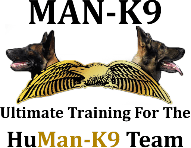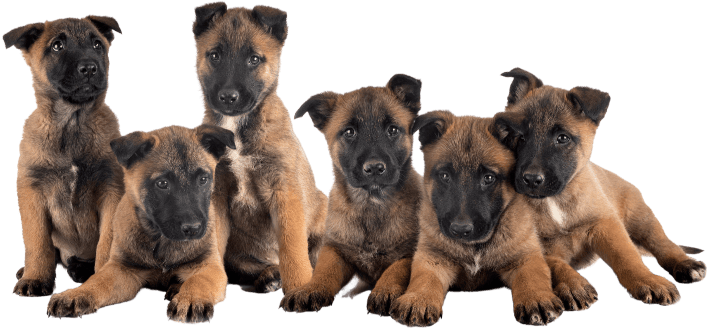
We Have Trained Belgian Malinois Puppies for Sale
Upon request, all of our available Belgian Malinois puppies can be trained in basic obedience, ensuring your trained Belgian Malinois will be:
Trained in on and off-leash obedience Have great day-to-day behaviors and manners Be well socialized and custom to a variety of different social settings
All of our trained Belgian Malinois puppies for sale have been to a variety of places, socialized with other dogs, and will surely be the best-behaved, happiest pup you’ve ever owned!
We also do provide personal and family protection dogs, service dogs and emotional support dogs too!

Malinois Puppies for Sale
Malinois puppies purchased through Man-K9 come with a lifetime 10% discount on Man K9 services as well as Fon Jon Kennel services!
If you’re interested in Belgian Malinois puppies for sale and wish to be notified, please fill out the form below, and we’ll keep you updated on available Belgian Malinois puppies!
Man-K9 Payment Policy for Pre-Trained Dogs and Puppies
Welcome to Man-K9. To provide clarity and ensure a seamless purchasing experience, we have outlined our payment policy for pre-trained dogs and puppies below:
Any inquiry regarding the purchase of a pre-trained dog or puppy requires payment in full at the time of purchase. This policy guarantees that the dog you select will be reserved exclusively for you. Please note that payment must be submitted at the time of purchase to confirm your reservation. If payment is not received, the dog will remain available to the public and may be purchased by another party without prior notice.
Accepted Payment Methods: We accept cash, check, credit/debit card, wire transfer, and cashier’s check. For your convenience, a variety of payment options are available to meet your needs.
Payment Plan Options: For those interested in financing, please visit the “Man-K9 Payment Options” tab on our website to explore Coach Financing and determine your eligibility.
Thank you for your cooperation in adhering to our payment policy. Should you have any questions or require further assistance, feel free to contact us. We are here to help you find your ideal companion and ensure a positive experience throughout the process.
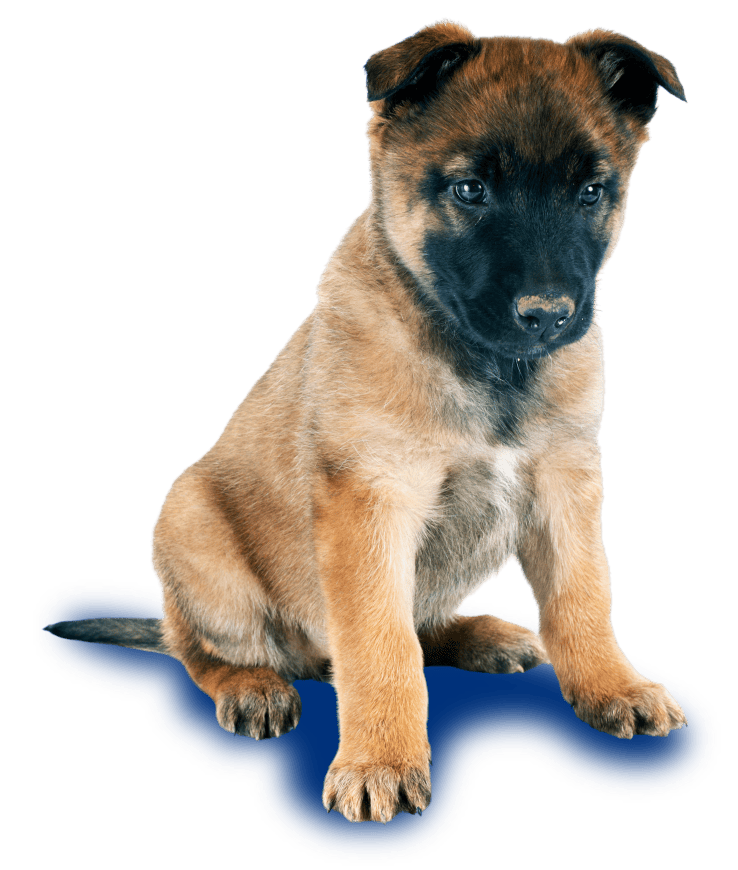
Malinois puppies
Contact us to inquire when our next litter of Belgian Malinois for sale will be available, and take home a happy pup that’s ready to join your family!
Lifetime discount on boarding, daycare, bathing, dog food and training!
CALL MAN-K9 TODAY!
760-468-8830
CONTACT@MANK9.COM
Belgian Sheepdog-Malinois…
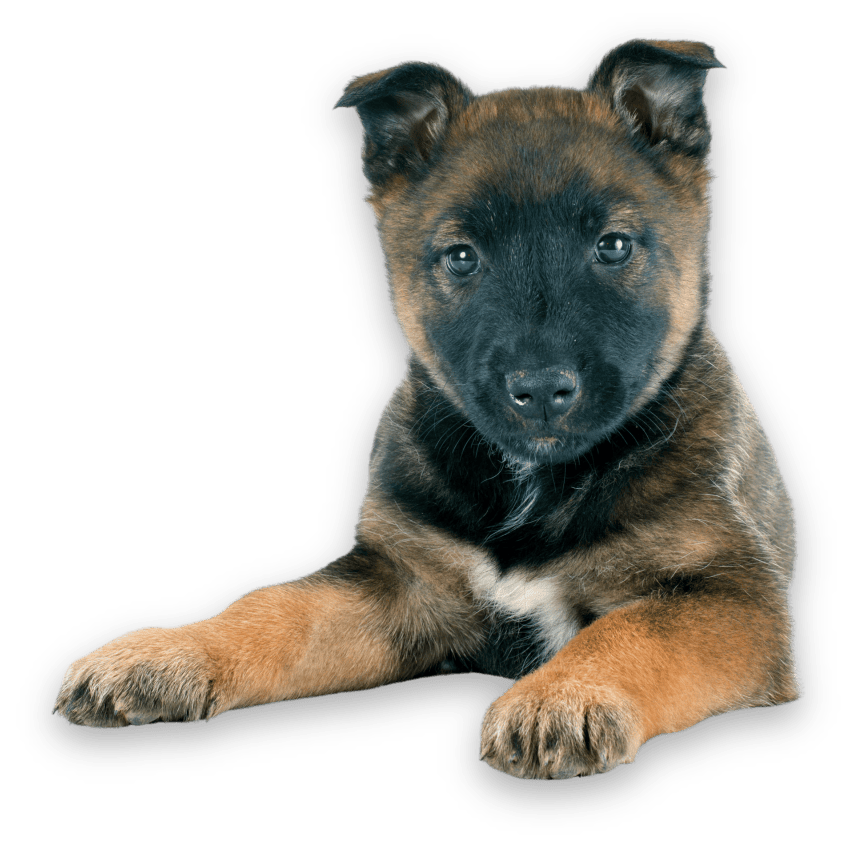
Breed Summary
Breed Group
Group 10: Pastoral and Stock Dog Breeds
Sub-Group
10-B: Large Pastoral Dogs
Other Name(S)
Belgian Malinois, Belgian Shepherd Dog (Malinois), Belgian Shepherd Dog Malinois, Belgian Shepherd Dog, Malinois, Chien de Berger Belge, Malinois
Weight
Males: 55-66 pounds. Females: 44-55 pounds.
Height
Males: 23-27 inches. Females: 21-25 inches.
ORIGINS
Dogs have been an integral part of Belgium’s history, with shepherd dogs appearing as far back as medieval times. Before modern dog breeds were established, dogs were bred for their function rather than appearance, with each working dog shaped to suit its job, whether that meant being large or small, short-coated or long-coated, and every variation in between, depending on the physical characteristics selected for to perform a certain job, the genetics available in a certain population, and regional style or preference. This was true for the shepherds’ dogs of Belgium.
It wasn’t until the end of the nineteenth century when Professor Adolphe Reul of the Belgian School of Veterinary Science realized that, while the regional working dogs were different in some aspects such as coat type, color, and coat length, they were also similar in size, working style, and overall type. He categorized them into eight different varieties, which were then further condensed down to the four varieties that we see today. This includes the Groenendael, Laekenois, Malinois, and the Tervuren.
In Belgium, where this unique dog breed originated, all four varieties were once considered part of a single breed, often appearing in the same litters before formal categorization. However, some other organizations consider them four separate breeds. Continental Kennel Club considers them four varieties of the same breed: the Belgian Sheepdog.
During World War II, the Belgian Malinois, known for its intelligence, trainability, and fearless nature, proved invaluable in various roles. Serving as messenger dogs, scouts, and guard dogs, Malinois displayed exceptional courage and loyalty, assisting soldiers in critical tasks. This legacy has cemented the Malinois’ reputation as a versatile and dedicated working dog.
Breed Characteristics
Head:
Somewhat Mesaticephalic to almost dolichocephalic in skull-type. Strongly developed, moderate in size, rectilinear, shaped like an elongated wedge, and in proportion to the rest of the body. The topskull is moderately wide, with a flat plane. The median furrow is not well defined. The occiput, brow, and zygomatic arches are only slightly developed. The head is clean-cut without excess skin or wrinkle.
Ears:
Somewhat small in size, set high on the skull, and triangular in shape with pointed tips, carried firmly erect. When alert, tips pointing straight up. The ears are never overly long, overly large, or broken
Eyes:
Moderate in size, oval to almond in shape, obliquely set, and medium to dark brown in color. The eye rims are well-fitted and well-pigmented. The eyes are never bulging. There should be sufficient bone in the surrounding orbital sockets to protect the eyes.
Muzzle:
The muzzle is of a moderately long length and strongly developed. It tapers gradually toward the tip of the nose, giving the head the appearance of an elongated wedge. The plane of the muzzle is straight or slightly convex. Upper and lower jaws have good bone substance, are strong, well developed, never appearing snipey or weak. Upper and lower jaws split wide apart at hinge, revealing back molars when the mouth is held opened.
Nose:
The nose is well-pigmented and black, or self-colored according to the coat. The nostrils are well-opened.
Neck:
Moderate length to allow for proud head carriage, strongly muscled with a slight arch. The neck tapers smoothly from the deeper and broader body toward the head. The neck is clean-cut, without excess skin, throatiness, or dewlap.
Chest:
Deep, broad, but never wider than deep. The brisket extends to the point of the elbows.
Body:
Powerful, solid, and with good substance without appearing heavy, coarse, or bulky. Capable of great endurance, agility, and performance, without appearing racy or refined. Width at forequarters is approximately equal to the width at the hindquarters.
Feet:
Oval to round, compact, with well-arched toes and tough pads.
Movement:
Energetic, efficient, effortless, tireless, and agile. The characteristics of healthy structure are evident: when moving away, the forelegs and rear pasterns should remain parallel to one another. When viewing movement from the front, the forelegs should remain parallel, with elbows and paws moving neither moving in nor out. From the rear, the back pads should be visible when the rear legs are extended. As speed increases, the forelimbs and hindlimbs will converge to the center line of gravity. From the side, the topline should remain firm and level. Good reach of movement in the front allows the forepaw to extend out in a line with the nose. The width between the forefeet when extended should be approximately equal to the width between the hindfeet when extended, indicating balance, good reach, and good drive. Dogs that exhibit any sign of breathing or locomotive difficulty shall be disqualified from the show ring.
Tail:
Set neither high nor low on the croup, but as a natural extension of the topline. Thick at the base and tapering toward the tip. Carried in accordance with the dog’s mood and energy level, but never tucked or carried up over the back. Of a somewhat long length with the tip of the last vertebrae extending to the hock joints, or below, when held down. Tail may be straight, gently curved, or with gently curved toward the tip.
Temperament:
Belgian Sheepdogs are confident, active, energetic, watchful, and devoted dogs. They retain the qualities honed over centuries in Belgium, making this dog breed not only an excellent working dog but also an unmatched companion for the right owner or family. They are highly intelligent, highly agile, very powerful, and well aware of their capabilities. They can become very protective of their people, family, and property, making them excellent watchdogs. Training, socialization, and a regular “job” are necessities for these dogs, since they can prevent the intelligence, protective instincts, strength, and energy of the breed from leading into behavioral problems down the road. Any unprovoked aggressive or fearful behavior toward people is incorrect for this breed.
About the Belgian Malinois
The Malinois does best in an active home. Such homes include the Malinois in regular, vigorous activities such as hiking, jogging, obedience, or other dog sports, in addition to free playtime in the yard. These dogs MUST have something to do. You can see a lot of variety in the personality of the Belgian Malinois because they have different levels of temperament and aggressiveness. It depends on different factors, such as training, inheritance, and socialization. They have high demands and needs, so they are only suitable for experienced owners.
The Belgian Malinois is a dog breed celebrated for its incredible work ethic, bred primarily to guard livestock and often excel at being a police dog due to their natural protective instincts. A Belgian Malinois trained with mental stimulation and physical exercise is intelligent, friendly, and protective, making it a great choice for families with an active lifestyle. Mals are excellent guard dogs and protect people and their properties by force as needed.
Puppies can be playful and loving with people, which means that you have socialized them early with dogs, people, sounds, sights, and experiences. Socialization will decide how your dog will behave.

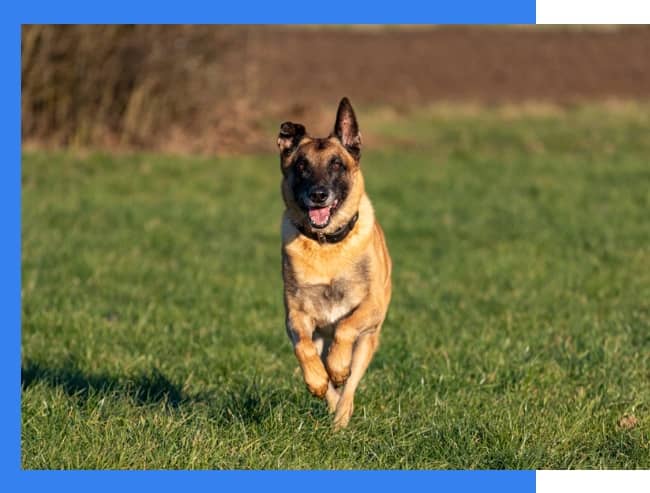
Care Tips
As mentioned above, the Belgian Malinois is in great need of exercise, so it should give them enough opportunity to do so. Mals love cold weather, but they are also well-adapted to warm weather. Always keep them inside. They love to walk and jog compared to the simple walk. You must train the Belgian Malinois in obedience. They love to run in a circle like their ancestors, so don't be surprised. This dog breed is highly trainable, so reputable breeders recommend calm, firm, and consistent training to ensure they grow into well-behaved pets.
Why Are Belgian Malinois Used As Police Dogs?
Belgian Malinois has gained popularity as a police dog due to its intense focus, resilience, and adaptability, making it an ideal choice for demanding roles. Additionally, the Belgian Malinois is smaller and more active than German Shepherd Dogs and is believed to have fewer health problems.
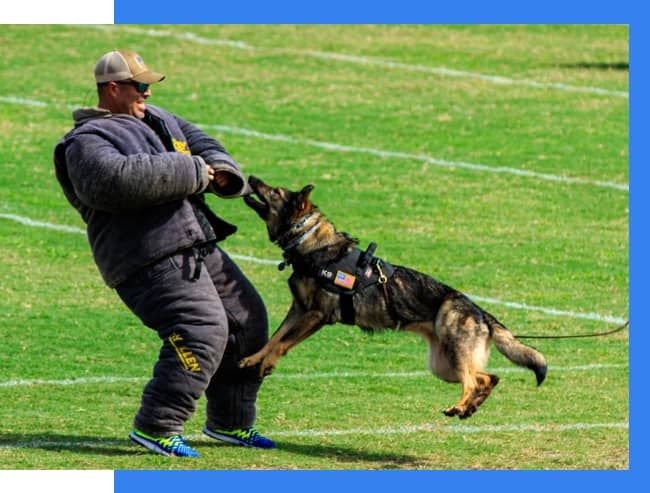

Belgian Malinois Vs. German Shepherd
The Belgian Malinois and German Shepherd are often mistaken for one another because of their similar appearance and coat, but they differ significantly in behavior, lifestyle, and physical traits, making each breed suited to specific tasks and environments.
Belgian Malinois is smaller and more aggressive compared to GSD. German shepherds are challenging to train, but the Belgian Malinois can be easily trained and handled.
